Dr Rebecca Rees and John Forde review the changes in building safety laws since the Grenfell Tower fire of 14 June 2017.
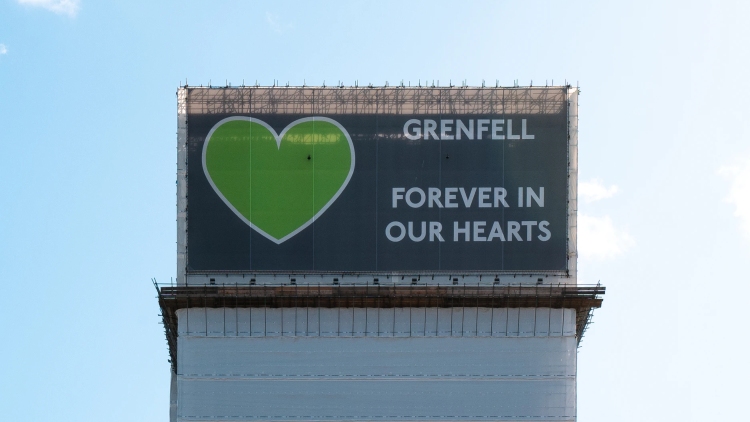
The Grenfell Tower fire was a horrific and entirely preventable tragedy, resulting in the deaths of 72 people and hundreds more being made homeless. The fire and its aftermath prompted this country’s most significant overhaul of building safety laws since the Health & Safety at Work Act in 1974.
Eight years since the fire, the legislative landscape looks very different. Following Dame Judith Hackitt’s 2018 report, Building a Safer Future, which recommended wholesale changes to the building industry, the Building Safety Act 2022 was signed into law.
The Act established a new national Building Safety Regulator (BSR), sitting within the Health & Safety Executive, with responsibility for the safety of all buildings in England and powers to oversee building competency standards and prosecute wrongdoers.
The Act and secondary legislation amended the Building Regulations 2010, introducing new dutyholder roles for clients, contractors and designers performing building work under the regulations. Clients must now ensure that their appointees are “competent” to carry out building and design work, regardless of the size or use of the building.
Gateways and dutyholders
The Act also establishes an onerous new regulatory regime for the design, construction and refurbishment of high-rise residential buildings (higher-risk buildings).
As of April 2024, the BSR became the building control authority for all higher-risk buildings, centralising a role formerly undertaken by local authority planning departments. Higher-risk building projects must now pass a strict Gateways process before construction works can begin, and again when the works achieve completion.
The new safety standards don’t end at the construction phase. All new and existing higher-risk buildings must have an “Accountable Person” with legal responsibility for ensuring the safety of the building during its entire occupation phase.
All new higher-risk buildings must be registered with the BSR before they can be legally occupied, with regular “warrant of fitness” checks for existing buildings.
A key focus of the new regime is transparency, access to information and resident involvement. Accountable Persons must engage proactively with their residents and provide them with key information about building safety procedures in their building.
Higher-risk building residents can now report suspected safety occurrences and escalate unresolved complaints to the BSR. Key information about higher-risk buildings must also be made available to fire service authorities, registered providers with an interest in the building, and contractors working in the building.
Remedies and Building Safety Levy
Making buildings safer is not easy or cheap. However, the Act provides new legal remedies, making it easier for claimants to make non-compliant landlords liable for building remediation costs.
Claims under the Defective Premises Act 1972 may now be brought retrospectively, with an extended limitation period of up to 30 years. Developers have also been required to contribute to a Building Safety Levy, increasing the public funds available for building remediation works. Landlords are also limited in terms of how much they can recharge to remediate non-compliant buildings.
The changes are significant, and many players in the building industry have struggled to embrace their new obligations. To date, very few Gateway approvals have been approved, creating delays in higher-risk building projects getting on site and being completed.
The BSR has acknowledged there is a resourcing problem in processing applications, but notes that many applicants are failing to demonstrate how they meet the new requirements. Complaints about the delays are masking a reluctance to embrace cultural and behavioural change, in an industry resistant to innovation and suffering from a long-term lack of investment.
Avoiding the ‘race to the bottom’
Most of the new building safety legislation came into force ahead of the Grenfell Inquiry delivering its Phase 2 report in September 2024. The Inquiry noted the legislative efforts to improve the industry, but made several recommendations for further change.
The government accepted most of the Inquiry’s recommendations, which will be implemented over the next two years. Expect to see a single regulator to oversee the construction industry; a review and possible extension of the definition of higher-risk buildings, based on usage rather than height; the registration of fire engineers; an overhaul of fire rescue services; and considering whether all building control approvals should be assessed by a central body.
Neither legislative reform nor the Phase 2 report has addressed the issue of procurement, which is critical to avoiding the “race to the bottom” behaviour and adversarial relationships criticised in Dame Judith’s report.
The Ministry of Housing, Communities and Local Government’s Guidance on Collaborative Procurement for Design and Construction to Support Building Safety should be embedded into the Gateway process. History tells us that industry practice around procurement and pricing won’t change unless it has to.
Client competency
Competency requirements make the building safety question personal: Do I possess the skills, knowledge, expertise, behaviours and ethics to undertake the role required of me on this project? Are my team members competent?
However, more focus needs to be given to establishing client competency. Clients set the tone and pace of building projects and also hold the purse strings. For the new regime to work, it’s essential that clients can demonstrate and maintain individual and organisational competency.
Another major omission is the regulation of construction products, which was promised in the Building Safety Act. While the government was quick to ban the use of flammable cladding products shortly after the Grenfell fire, it has yet to implement a new regulatory regime.
One thing is certain – building safety is now a critical component of the building industry. Every member of the industry has their part to play in ensuring its comprehensive and vigorous implementation.
Dr Rebecca Rees is a partner and head of public procurement, and John Forde is a managing associate in the projects and construction team at Trowers & Hamlins.
Comments
Comments are closed.



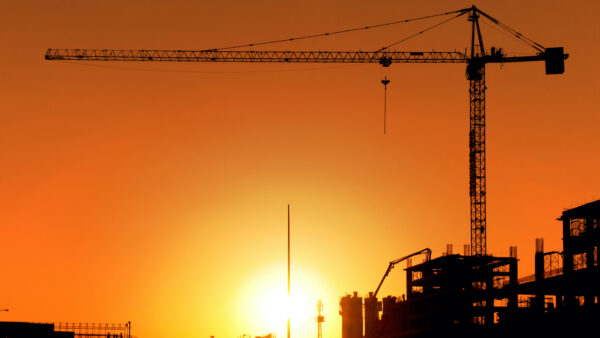
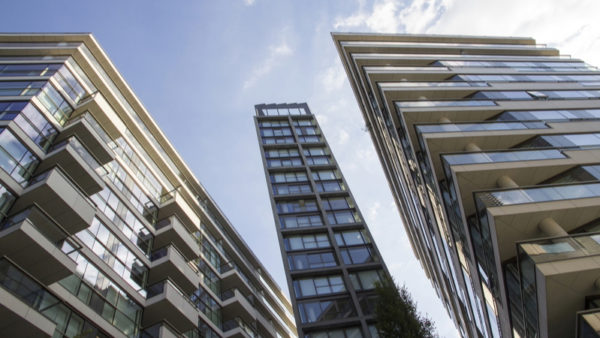
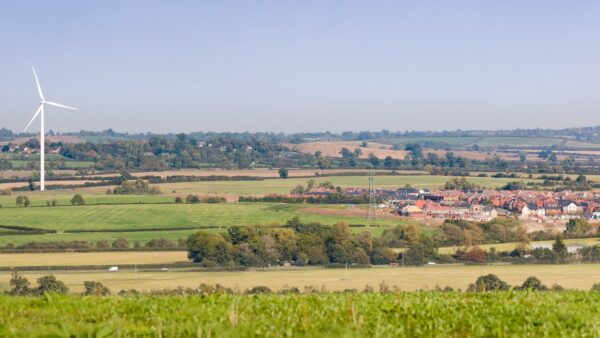
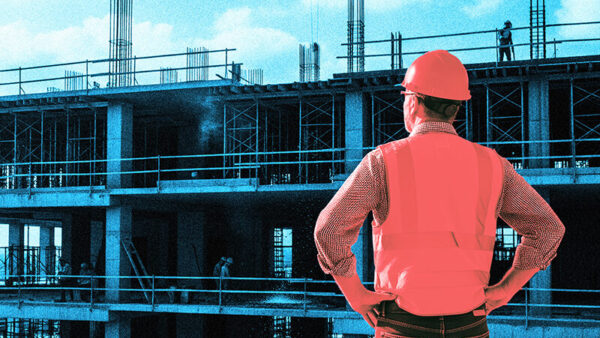

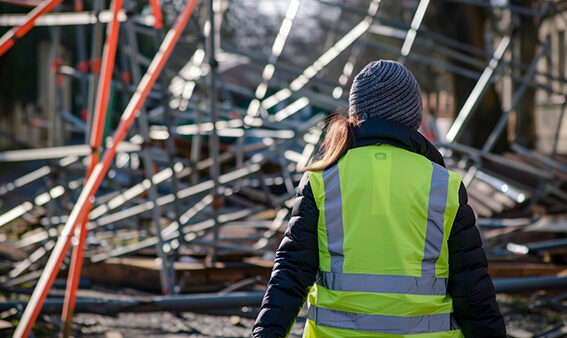
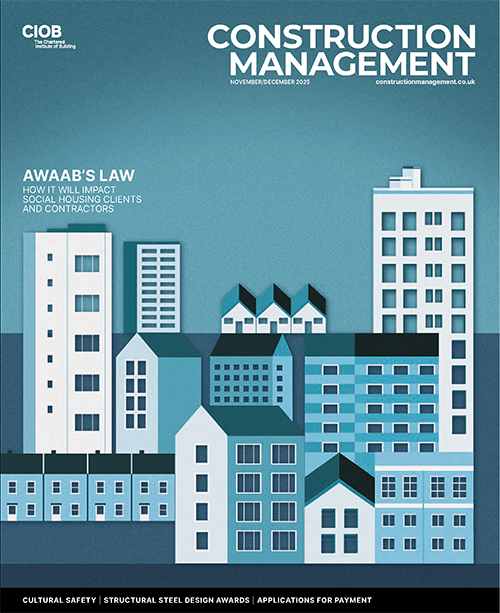


Very good and very informative. A lot to take in but very welcome. I do think individual competency will be a hurdle to overcome for some.
Working as Principal designer and PD/A there is huge lack of knowledge around compliance. Designer willingness to demonstrate how they comply the all functional requirements. Many experienced building control surveyors have left the industry many with 30 years of experience.